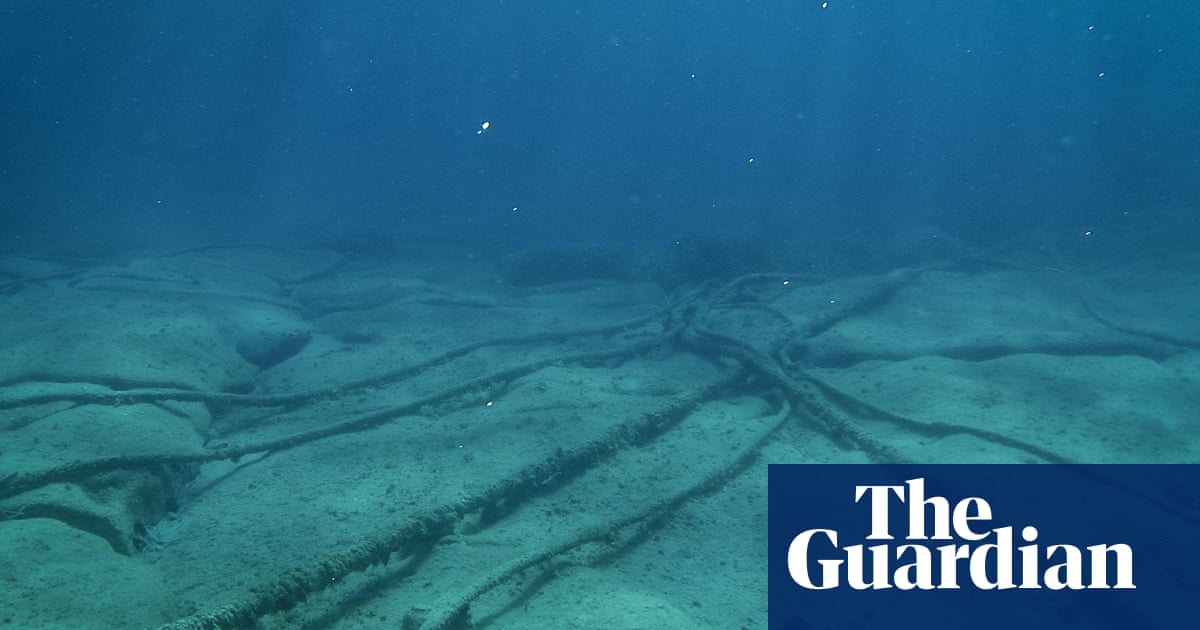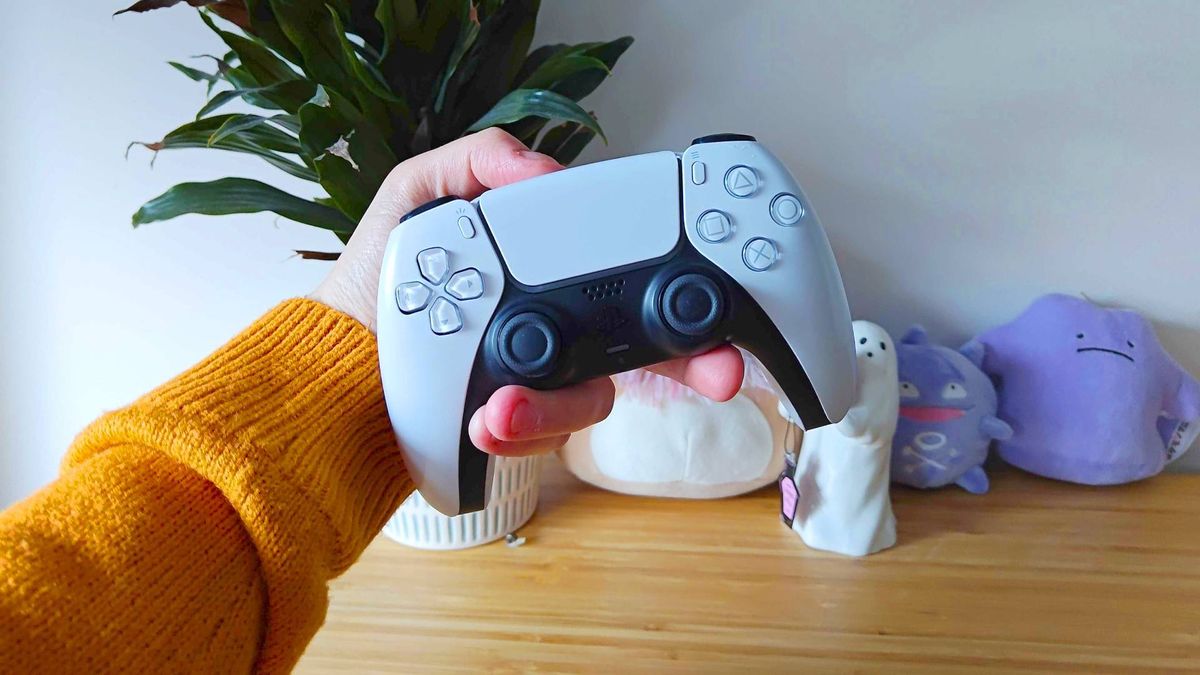Fitness
Bill, 96, is making his mark leading fitness classes around Melbourne
It’s 7:30 on a winter Tuesday morning, and at an indoor pool in Melbourne’s east, a 96-year-old instructor is gently revving up his charges to perform an enthusiastic underwater can-can.
Bill Stevens, a fit-as-a-fiddle nonagenarian with a shock of silver hair, likes to inspire others — who are generally a decade or two (or three) younger than him — to get fit.
And today, he’s really turned up the volume, taking more than 20 high-kicking aqua aerobics participants through their paces with a watery homage to the Paris Olympics opening ceremony.
There’s no slouching at Stevens’s classes. (ABC News: Danielle Bonica)
Forget the fanfare and feathers. In Stevens’s class at Aquarena Aquatic and Leisure Centre in Lower Templestowe, it’s all about donning chlorine-resistant bathers, moving to music and having a giggle.
‘A bunch of jellyfish’
Helen Keesman, one of the younger regulars at 61, used to swim in the outside pool, and admits she used to think aqua aerobics participants “just looked like a bunch of jellyfish” bobbing around.
Little did she know she’d wind up loving the splash-filled workouts, which she says are great for core strength and balance. She’s even become part of a dedicated WhatsApp group, where participants check in on each other and share holiday snaps.
Stevens, who started teaching about 25 years ago when he retired from his career as an export marketing manager in the wine industry, says in the beginning, about six or eight people might show up to a class. That’s definitely snowballed.
Aqua aerobics is particularly popular with older people because it’s gentle on the joints. (Danielle Bonica)
“Now we have up to 40 and more if there would be enough pool space,” says Stevens, who conducts at least 10 sessions across four centres each week.
One of the hottest tickets in town
The man is certainly in high demand, but he’s not alone. Classes around the country sometimes fill up within minutes, leaving some aqua aerobics enthusiasts high and dry.
Mandy Metcalf, Aquarena’s group fitness captain, says hundreds of people don their cossies each week across about 20 aqua aerobics classes at the centre.
“It’s really picked up in the last few years,” says Metcalf, who notes a bit of a dip in interest during the cooler months.
“Members, they get their favourite instructors, they have their favourite times … and if they can’t get in, they’re not happy,” she says.
“That’s a regular occurrence at most aquatic centres, as far as I know.”
Metcalf believes the pandemic might still be having a ripple effect when it comes to the instructor shortage.
Stevens started teaching about 25 years ago, after retiring from a career in the wine industry, (ABC News: Danielle Bonica)
“There were more instructors out there prior to COVID. And just because the timeframe was so long, they had to look for work elsewhere — and a lot of them stayed with what they were doing.”
Some were starting to return, she says, but then had to update lapsed CPR qualifications, registrations and the like.
Demand is such that Metcalf herself is completing a course to become an aqua aerobics instructor.
According to a new National Aquatic Workforce Framework, a typical aquatic exercise instructor works less than eight hours a week, for more than one organisation across multiple facilities.
A similar report last year, released by Royal Life Saving Australia, found that 78 per cent of aqua exercise instructors were female and that 29 per cent moonlighted as swim teachers.
And while 41 per cent of aqua aerobics instructors around the country left the industry during the pandemic, 57 per cent of those had returned within four to six months.
The 96-year-old instructor says some people come to exercise hard, while others mainly enjoy the social contact. (ABC News: Danielle Bonica)
RJ Houston, Royal Life Saving Australia’s general manager of capability and industry, says although the general hourly pay rate is quite good (he says anecdotally it’s about $80, but can be less), it can be tricky for aqua aerobics to find enough hours to sustain themselves.
Metcalf agrees the pay can differ between centres, but says around $60 for a 45-minute class is common.
Out of that, instructors often have to pay for their own music, licence and registration, she says. Then there’s the unpaid travel time between different centres.
As for finding enough hours, Houston says in a metropolitan area, nearby centres might be running similar aqua aerobics timetables, making it difficult for instructors to switch between them.
He might be well into his 90s, but Stevens has energy to burn. (ABC News: Danielle Bonica)
And 58 per cent of Australia’s aquatic facilities are in regional areas, where there’s often just one pool, making it hard for instructors to get enough hours, he says.
Far more than just a workout
Houston says aqua exercise instructors provide a vital role by offering programs to “some of the most vulnerable people in the community”.
That includes people with disabilities or health conditions, obesity, or those who feel isolated and depend on aqua aerobics to get out and about.
Back at Bill Stevens’s class in suburban Melbourne, there’s plenty of upbeat vibes to go around, as the lyrics of Disco Inferno – “burn, baby, burn” – provide a fitting soundtrack to some of the more challenging moves.
However the agile Stevens, who only gave up running at the age of 94, shows no signs of fatigue.
He says he thrives on the feedback he receives from his class members, and loves helping others stay active and social.
“It keeps you young. It keeps your brain working,” he says.
During a poolside chat after class, Teresa Clarke, 83, says she values the friendships she’s made, and the fitness she’s developed after a hip replacement some years back.
“I’m on no medication — this is my medication,” she says, with a noticeable pep in her step.
“Bill is a great personality. He’s fit and he keeps us fit.”










